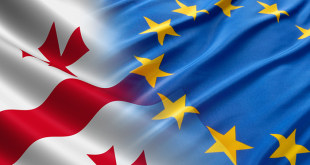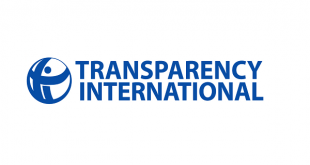Tourism in Georgia: 2016
In 2016 6,360,503 tourists entered Georgia (the noted amount exceeds the data of 2015 by 8%, 459,409 people). The most number of tourists were from Azerbaijan (1,523,703), Armenia (1,496,437), Turkey (1,256,561) and Russia (1,038,750) – the number of tourists from neighboring countries (5,315,451 people) made up 84% of total tourists’ amount.
Income received from international tourism in 2016 made up 2,166,334 USD (exceeded 2015 by 230,41
Read More »
 business.org.ge Portal for Entrepreneurs
business.org.ge Portal for Entrepreneurs




